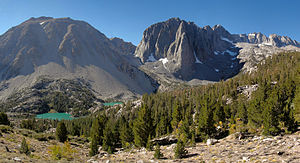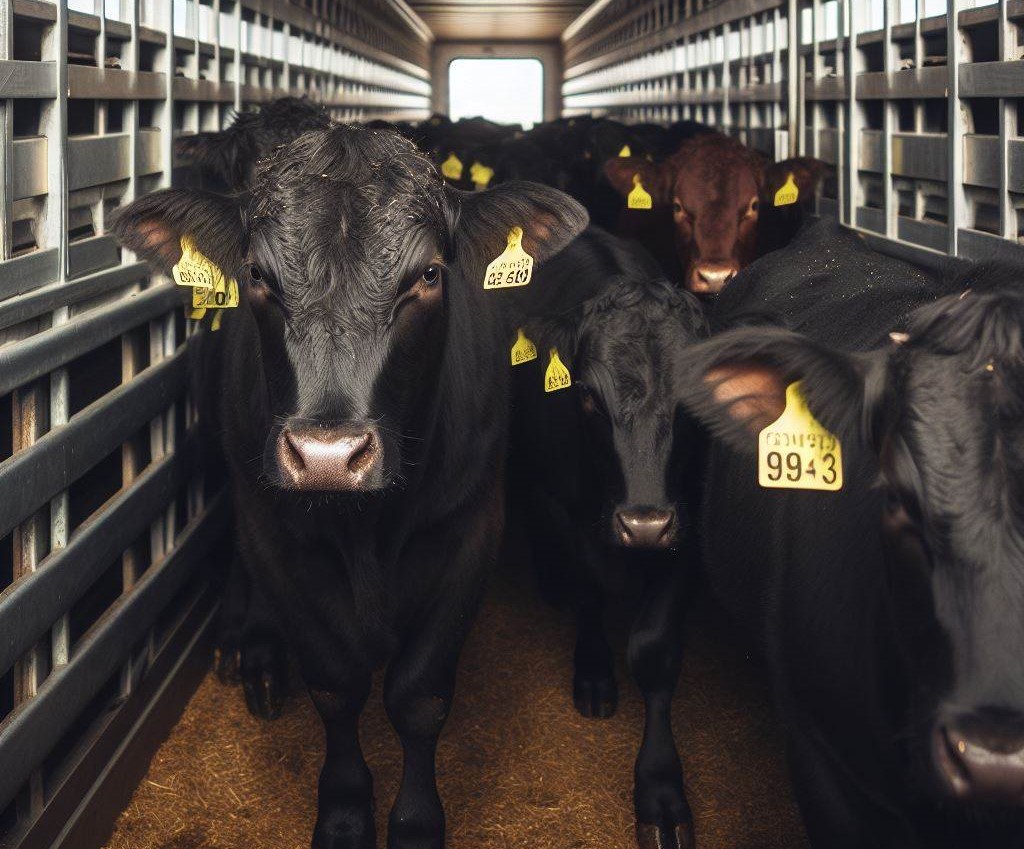US Fish & Wildlife Service
Stewards of the Land: Ranchers on the Front Lines of Conservation
Every morning, ranchers across the country are up and moving before most of us have even had our morning coffee. To them, it’s more than a job. It’s a promise to protect and care for the land, a promise often passed down from generation to generation. Being stewards of our lands is challenging yet vitally important, and their efforts play a critical role in supporting our communities, economy, and the environment.
When considering the day-to-day life of living on the land, most of us probably picture idyllic images often seen in movies, a simple life, but the reality is there is a lot more to ranching. It requires big-picture vision and attention to what most would consider even the smallest detail: grass.

“When you view land as a community and you’re part of that community, that’s when you can start to really love and cherish the land. And I want to be part of the community. I want to be part of this web of life that’s going on out there. I don’t want to conquer the land. I want to be part of the land.” Bill Sproul, Kansas Rancher
Grasslands are one of the world’s most critical ecosystems, providing habitat for resident and migrant birds and mammals, protecting against drought, flooding, and wildfire, as well as reducing the amount of carbon dioxide in the atmosphere. While forests and oceans command the world’s attention for their capacity to reduce carbon, grasslands are the unsung champions of carbon reduction. The root system of native grasses is surprisingly deep, some reaching as far as 6 feet in depth. This allows for the storage of carbon deep underground, which is one way we can reduce the amount of carbon dioxide in the atmosphere.
Underneath these ecosystems, critical natural processes are taking place without fanfare or recognition, all under the careful watch of dedicated conservation stewards: ranchers.

Grazing Helps Grass Grow
Negative perceptions about grazing practices often focus on the risks of over-grazing, which can strip the land of nutrients needed to support grass growth. However, as with most things, nature needs balance, and good grazing practices increase ecosystem resilience and soil health. Win-win!
For thousands of years, herds of bison, elk, deer, and pronghorn roamed the lands that now stretch from Alberta, Canada, to Texas, as far east as Illinois, and as far west as California and Oregon. These herds enjoyed miles upon miles of pristine grasslands with “hardly a bush to disrupt the vast prairie”, according to nineteenth-century pioneer and sheepman George Kendall. Now, we are still learning just how important those animals were for keeping the prairies healthy.
Those herds have since disappeared and, today, we need to use a more hands-on approach to land management. When grasslands are not managed, they can start to decay and the grass loses its nutritional value. This reduces its value for both cattle and grassland-dependent wildlife. As the grass gets tall and falls over in autumn, it creates a layer of dead grass the next spring called thatch. This becomes an impenetrable wall that new grass can’t get past — but heartier plants, such as invasive grasses and woody species like weeds, trees, and shrubs, can. As the thatch becomes more and more dense, less water gets into to the soil, leading to increased runoff and degradation of soil health, making it even harder for grass to grow.






Grazing enables the root zones to sequester a lot more carbon in the soil.
IF co2 is important, pulling carbon basically out of the air is a good thing.
Nice thing is more carbon in the dirt dirt enables more organic matter, thus a healthier plant environment .